Q. How does ‘Vicobethan’ and ‘Vicobean’ furniture (tasteless, disproportionate, black-varnished factory-made Victorian tat produced in late sixteenth- and early seventeenth-century Elizabethan and Jacobean styles) make an appearance on this blog?
A. When perfectly good Carolean, Queen Anne and Georgian furniture has been defaced by Victorian wastrels to keep abreast of trends.
In the Victorian era, middle- and upper classes prospered and many wealthy profligate gentlemen who, with nothing better to occupy their time, thought it amusing to roll up their starched white shirt sleeves, in imitation of the working class, and recklessly carve anything and everything around the home in the then fashionable Elizabethan and Jacobean revival taste.
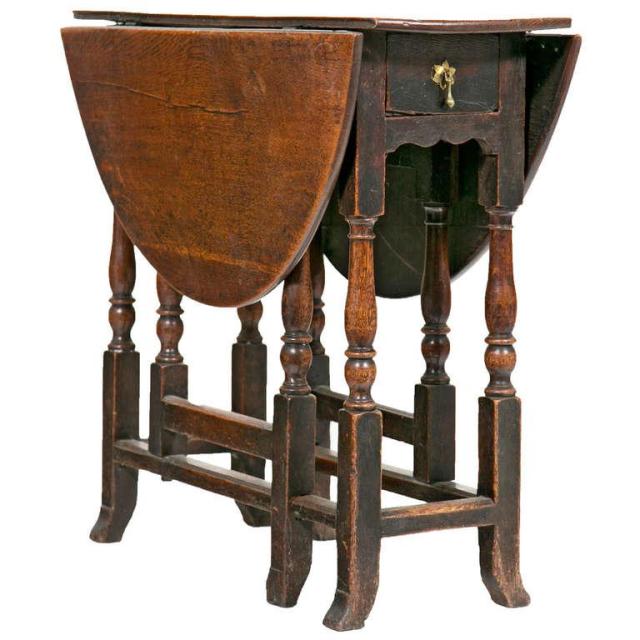 Fig. 1. A perfectly lovely little Charles II oak gateleg table, circa 1680.
Fig. 1. A perfectly lovely little Charles II oak gateleg table, circa 1680.
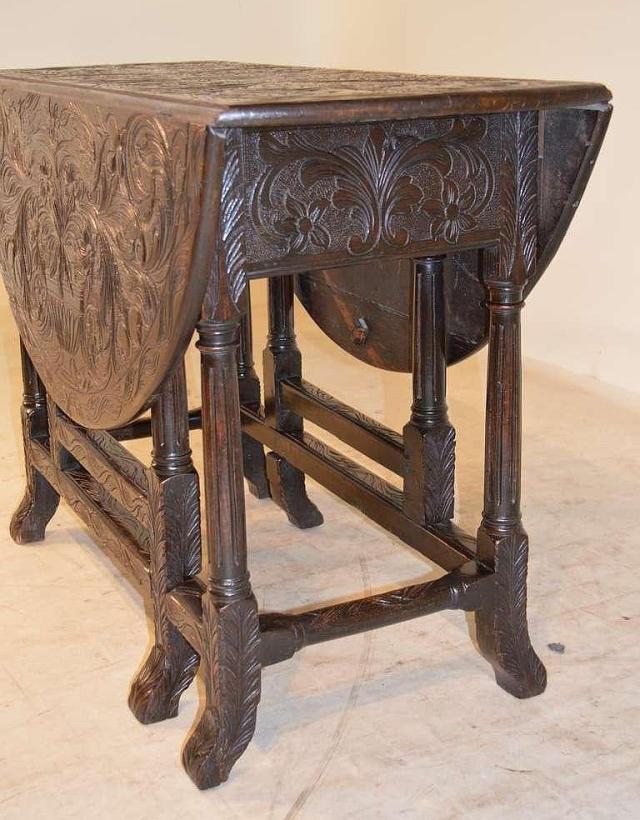 Fig. 2. A very similar, but Vicobethan-ised seventeenth-century oak gateleg table. (Black Sheep Antiques)
Fig. 2. A very similar, but Vicobethan-ised seventeenth-century oak gateleg table. (Black Sheep Antiques)
 Fig. 3. They missed the insides of the rails. (Black Sheep Antiques)
Fig. 3. They missed the insides of the rails. (Black Sheep Antiques)
Looking like some of the finest modern chainsaw carving, later-carved antique furniture often includes spurious Elizabethan or Jacobean dates (fig. 4).
 Fig. 4. ‘Enhanced’ circa 1660 oak chest with wishful Jacobean date.
Fig. 4. ‘Enhanced’ circa 1660 oak chest with wishful Jacobean date.
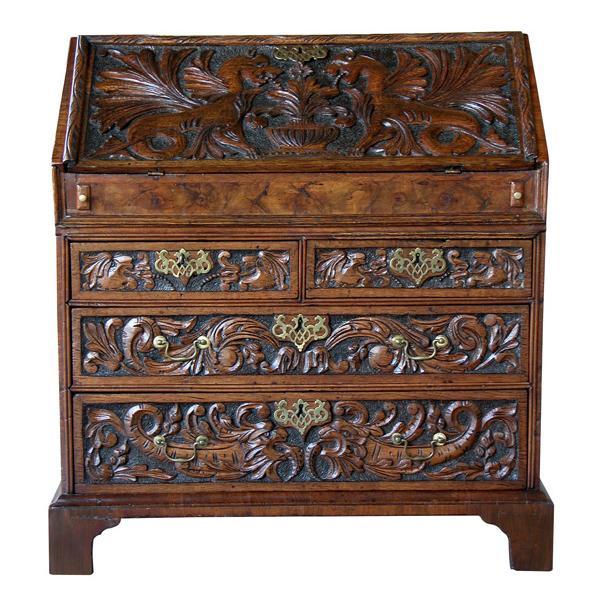 Fig. 5. Vicobean embellishment of a circa 1720 walnut bureau. (Epoca)
Fig. 5. Vicobean embellishment of a circa 1720 walnut bureau. (Epoca)
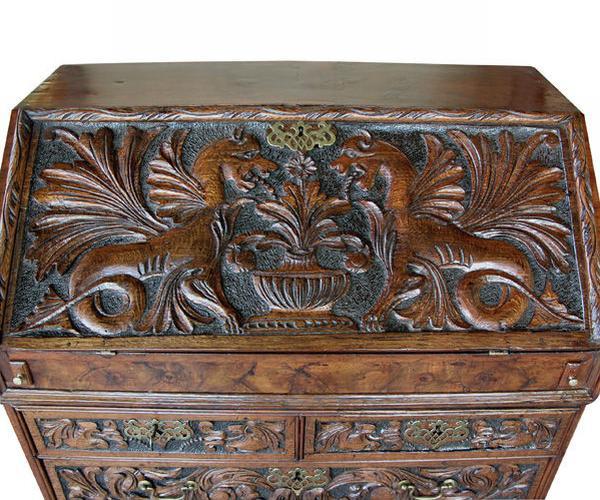 Fig. 6. I’m searching for an antonym for admiration… Words fail me. (Epoca)
Fig. 6. I’m searching for an antonym for admiration… Words fail me. (Epoca)
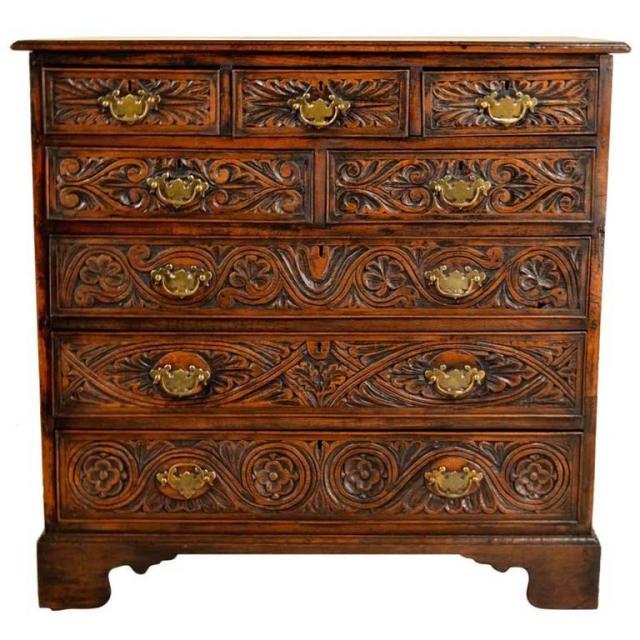 Fig. 7. ‘Improved’ circa 1760 oak chest.
Fig. 7. ‘Improved’ circa 1760 oak chest.
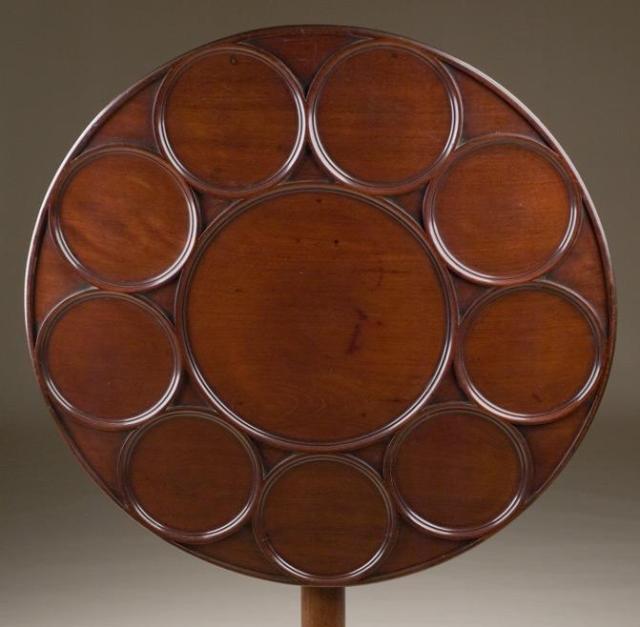 Fig. 8. A good George III mahogany tilt top supper table, circa 1760…
Fig. 8. A good George III mahogany tilt top supper table, circa 1760…
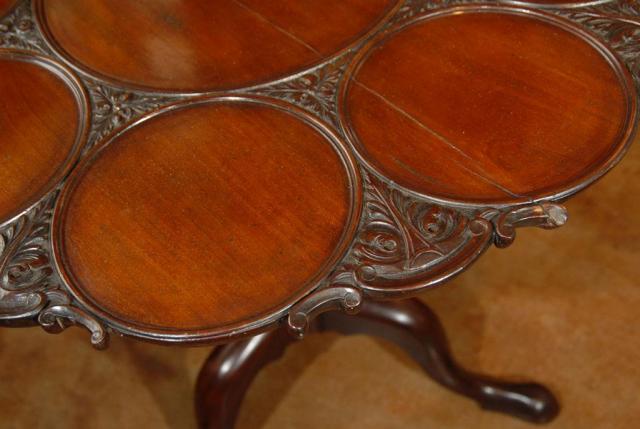 Fig. 9. … and a Vicobean-ised example.
Fig. 9. … and a Vicobean-ised example.
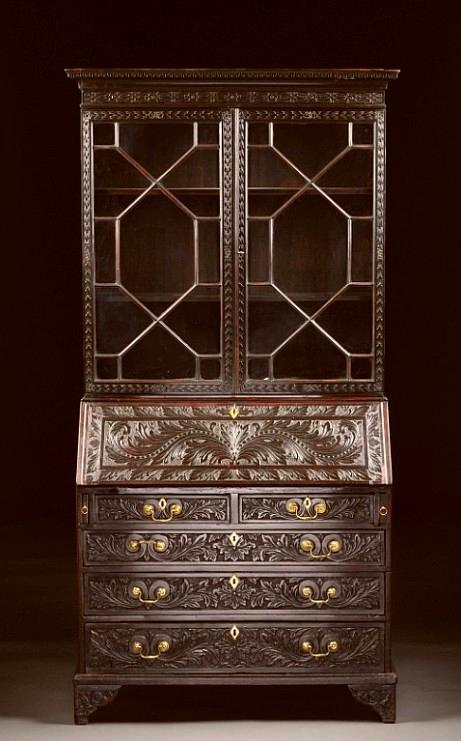 Fig. 10. Once a splendid circa 1790 mahogany bureau bookcase, carved and dark-stained in the nineteenth-century to resemble Jacobean oak.
Fig. 10. Once a splendid circa 1790 mahogany bureau bookcase, carved and dark-stained in the nineteenth-century to resemble Jacobean oak.
Talk about carving up the inheritance!
Thankfully, little of this vandalised furniture now remains in Britain, the vast majority having found its way to more appreciative collectors in the former colonies.
Jack Plane

As someone that lives in one of the “former colonies”, I wouldn’t want one in my house, except for firewood! Good thing, you posted this after Thanksgiving, cause I would have been ill yesterday after seeing the pictures on a full stomach.
LikeLike
They’re not pleasant on an empty stomach either.
I have burnt one or two bits of Vicobethan in the past.
JP
LikeLike
I think “revulsion” is a good antonym for “admiration”.
LikeLike
Sold!
JP
LikeLike
A slightly more precise word might be “contempt”.
LikeLike
I’ll buy that one too.
JP
LikeLike
Figure 10 reminds me of the ornamentation on some fancy shot gun locks. What a terrible act of vandalism.
I once saw an old Swedish pine bureau at an auction. It had been sandblasted to resemble wood that has been lying on the beach for years. It was so sad, a nice proportioned piece of furniture totally screwed up.
At least someone had fun doing the carvings here (or so we must assume).
Brgds
Jonas
LikeLike
Can you be certain the pine bureau didn’t fall off a ship and come ashore on the tide after some years bobbing around on the ocean?
JP
LikeLike
Seems an expensive boarding school education was wasted on those “profligate gentlemen”. They should have known better. It appears they cared less.
LikeLike
I would have been laughing aloud at your scathing commentary had I not been saddened by the profound abuse of these pieces.
LikeLike
Peter Follansbee does work like this. I like it alot.
LikeLike
I don’t think Peter vandalises antique furniture, he’s more into reproducing seventeenth-century oak coffers from green oak.
JP
LikeLike
What you’re describing above is homeowners modifying previously made furniture. My question to you is, did furniture manufacturers of the time seek to capitalize on this fad? Put another way, does one see furniture of this type straight from the benches of (then) contemporary factories. The reason I ask is that I have seen some few pieces that fit into this mode. They did not appear to be homemade or modified. I’m thinking of a mahogany fall front desk I saw. It was smaller than an 18th century piece, as it was clearly designed for a modest home. It had machine dovetails, plywood drawer bottoms, and either a serpentine or blockfront form, I can’t recall. The winged dragon motif was featured on the fall, as above, and it had other wacky, anachronistic detailing. It looked like it was made that way.
LikeLike
In the opening paragraph, I mentioned the factory-made tasteless, disproportionate, black-varnished Victorian tat produced in late sixteenth- and early seventeenth-century Elizabethan and Jacobean styles.
Everything they produced was stylised – in a ‘taste’ rather than faithful reproduction. Legs and rails etc. were often reduced in dimension and decoration was fanciful and frequently oversized (which emphasised the disproportion of the componentry). The use of plywood was common for drawer bottoms and carcase backs and the brasses bore only fleeting resemblance to their sixteenth-and seventeenth-century counterparts.
Even with the better-made pieces, one of the greatest give-aways is the black or dark-brown varnish that was applied to the furniture’s surface. As the stain was in the varnish and not in the wood, the pale wood (much of it imported North American white oak) shows through where the varnish has worn off.
The carve-ups illustrated above were simply emulating an established fashion.
JP
LikeLike
Pingback: A Carve-Up at Bonhams | Pegs and 'Tails